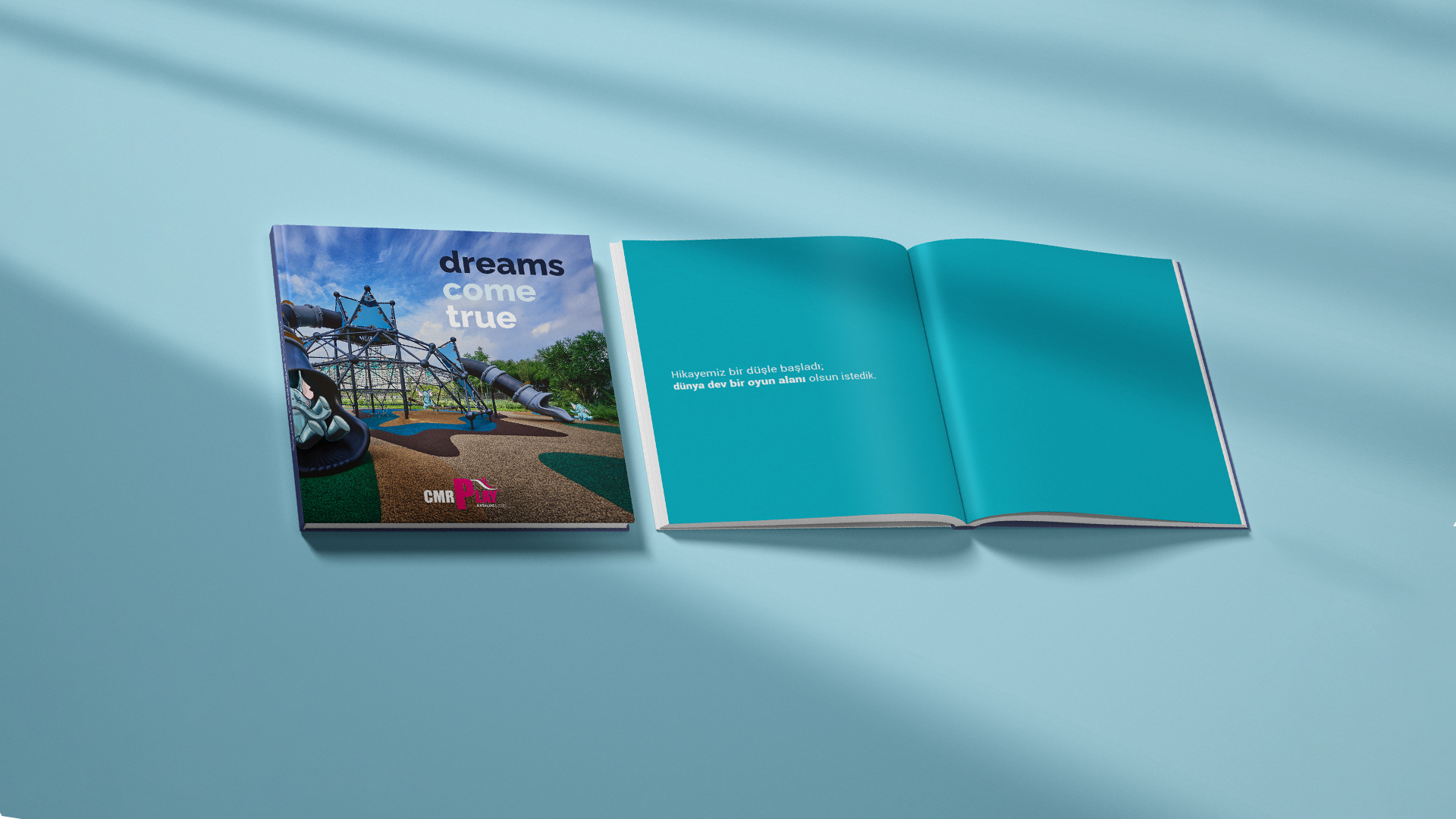Hey there, folks! If you've been keeping up with the latest buzz in legal circles, you might've heard about the CMR court case. It's a topic that's been making waves across industries, and trust me, it’s not just another boring courtroom drama. This case could impact how businesses operate and even influence consumer rights. So, buckle up, because we're diving deep into what this whole CMR court case is all about.
Now, before we get into the nitty-gritty, let’s set the stage. CMR stands for "Contract for the International Carriage of Goods by Road." Sounds fancy, right? But here’s the kicker—it’s not just about trucks driving across borders. This case has the potential to reshape international trade laws and how disputes are handled. It’s like a game-changer in the world of logistics.
So, why should you care? Well, whether you're a small business owner shipping goods overseas or just someone interested in how global trade works, understanding this case can give you some serious insights. Plus, who doesn’t love a good courtroom showdown? Let’s break it down and make sense of it all.
What Exactly is the CMR Court Case About?
In a nutshell, the CMR court case revolves around the interpretation and application of the CMR Convention. Think of it as a rulebook for road freight transport between countries. The issue at hand is how these rules are enforced and whether they adequately protect both carriers and shippers. It’s like trying to figure out who’s responsible when something goes wrong during transport—spoiler alert, it’s not always clear-cut.
For instance, if a shipment gets damaged or lost, who foots the bill? Is it the carrier who transported the goods, or is it the shipper who failed to properly package them? These are the kinds of questions being thrown around in courtrooms worldwide. And let me tell you, the answers aren’t as straightforward as you’d think.
Why Does This Case Matter?
Here’s the deal: the CMR court case isn’t just about one shipment or one company. It sets a precedent that could affect countless businesses globally. Imagine you’re a small business trying to ship products to Europe. If the rules aren’t clear, you could end up paying hefty fines or losing out on profits. That’s why this case is such a big deal.
Moreover, consumers could also be impacted. If carriers start hiking up prices to cover potential losses, guess who’s going to feel the pinch? Yep, that’s right—it’s us, the buyers. So, whether you’re a business owner or just someone who likes to shop online, this case could hit close to home.
Impact on International Trade
Let’s zoom out for a second and look at the bigger picture. The CMR court case could have far-reaching effects on international trade. Countries might start rethinking their agreements and how they handle disputes. It’s like a domino effect—change one rule, and suddenly everything else shifts too.
For example, if the court rules in favor of stricter liability for carriers, you might see more companies investing in better insurance or technology to track shipments. On the flip side, if the ruling favors shippers, carriers might become more cautious about what they agree to transport. Either way, the logistics industry is in for some major changes.
Key Players in the CMR Court Case
Alright, let’s talk about the main characters in this courtroom drama. On one side, you’ve got the carriers—the companies responsible for transporting goods. They’re arguing that the current rules are outdated and don’t reflect modern shipping practices. On the other side, you’ve got the shippers—the businesses that rely on carriers to get their products to customers. They’re saying that carriers need to take more responsibility for damages.
And then there’s the court itself, trying to navigate through all the legal jargon and figure out what’s fair. It’s like watching a three-ring circus, but with way more paperwork.
Legal Precedents and Their Role
Now, here’s where things get interesting. The CMR court case isn’t the first of its kind. There have been similar disputes in the past, and those rulings can play a big role in how this case pans out. For example, a previous case might have set a precedent that carriers are only liable up to a certain amount. Or maybe it established that shippers need to provide proof of negligence. These little details can make all the difference in court.
So, what can we learn from past cases? Well, one thing’s for sure—details matter. Whether it’s a damaged package or a missing shipment, the devil is in the paperwork. That’s why both sides are digging deep to find any loophole or precedent that could tip the scales in their favor.
How the CMR Convention Works
Let’s take a step back and talk about the CMR Convention itself. Adopted back in 1956, it’s essentially a set of rules that govern how goods are transported by road between countries. Think of it as a contract that both carriers and shippers agree to follow. But here’s the thing—just like any contract, there can be gray areas.
For example, the convention outlines things like liability limits, insurance requirements, and even how disputes should be handled. But as anyone who’s ever read a contract knows, sometimes the fine print can be confusing. That’s where the courts come in—to interpret what all those fancy legal terms actually mean.
Liability Limits and Why They Matter
One of the biggest sticking points in the CMR court case is liability limits. Under the convention, carriers are only liable up to a certain amount for damages or losses. But is that amount enough to cover the real cost of a damaged shipment? That’s the question everyone’s trying to answer.
Some argue that the limits need to be updated to reflect today’s prices and shipping practices. Others say that raising the limits would make insurance too expensive for carriers. It’s a classic tug-of-war, and the outcome could have serious implications for both sides.
Common Misconceptions About CMR
Let’s clear up a few things before we move on. There are a lot of misconceptions floating around about CMR, and it’s important to separate fact from fiction. For starters, some people think that CMR only applies to European countries. Not true! It’s actually used by countries all over the world, including non-European nations.
Another common misconception is that CMR covers all types of transport. Nope, it’s specifically for road transport. So, if you’re shipping goods by sea or air, different rules apply. It’s like trying to use a map for one city when you’re actually in another—it just doesn’t work.
Key Facts You Need to Know
Here’s a quick rundown of some key facts about CMR:
- CMR was first adopted in 1956 and has been updated several times since then.
- It applies to international road transport of goods, not domestic shipments.
- Both carriers and shippers are bound by its terms, but interpretations can vary.
- Liability limits are a major point of contention in disputes.
These facts might seem basic, but they’re crucial for understanding the bigger picture. Plus, they’ll come in handy if you ever find yourself in a heated debate about logistics. You’re welcome.
Case Studies and Real-Life Examples
To really drive the point home, let’s look at some real-life examples of CMR disputes. One case that comes to mind is a shipment of electronics that got damaged during transport. The carrier claimed it was due to improper packaging by the shipper, while the shipper argued that the carrier was negligent. Sound familiar?
Another example is a shipment of perishable goods that spoiled due to a delay. The carrier said it was an unavoidable delay caused by traffic, but the shipper insisted it was due to poor planning. These cases highlight just how complex CMR disputes can be and why the court’s decision is so crucial.
Data and Statistics
According to recent studies, CMR disputes have been on the rise over the past few years. In fact, some estimates suggest that up to 20% of all international road transport disputes involve CMR-related issues. That’s a pretty big number when you think about how much goods are shipped globally every day.
What’s even more interesting is that many of these disputes could have been avoided with better communication and clearer contracts. It’s like they say—prevention is better than cure. Or in this case, better paperwork.
What’s Next for the CMR Court Case?
So, where do we go from here? Well, the court is still deliberating, and the final ruling could take weeks, if not months. In the meantime, both sides are preparing for the worst and hoping for the best. It’s like waiting for the results of a big exam—nervewracking, but exciting at the same time.
Whatever the outcome, one thing’s for sure—the CMR court case will leave a lasting impact on the logistics industry. Whether it’s through changes in liability limits, updated rules, or even new technologies, the way we handle international shipments could look very different in the near future.
Possible Outcomes
Here are a few possible outcomes of the CMR court case:
- The court rules in favor of carriers, increasing their liability limits.
- The court sides with shippers, requiring carriers to take on more responsibility.
- The court splits the difference, creating a compromise that satisfies both sides.
Each of these outcomes could lead to different consequences, and only time will tell which one will prevail.
Final Thoughts
Well, there you have it—the lowdown on the CMR court case. Whether you’re a logistics expert or just someone interested in how the world works, this case is definitely worth keeping an eye on. It could change the way we think about international trade and how disputes are handled.
So, what’s your take on the CMR court case? Do you think carriers should take on more responsibility, or should shippers be more careful about how they package their goods? Let us know in the comments below, and don’t forget to share this article with your friends. Who knows? You might just help someone understand the complexities of CMR.
And hey, if you’re hungry for more insights into the world of logistics and trade, check out some of our other articles. We’ve got everything from shipping tips to industry trends, so there’s something for everyone. Until next time, stay curious and keep learning!
Table of Contents
- What Exactly is the CMR Court Case About?
- Why Does This Case Matter?
- Key Players in the CMR Court Case
- How the CMR Convention Works
- Common Misconceptions About CMR
- Case Studies and Real-Life Examples
- What’s Next for the CMR Court Case?
- Final Thoughts



Detail Author:
- Name : Dr. Sydni Wilkinson Sr.
- Username : katelynn.kunze
- Email : abayer@yahoo.com
- Birthdate : 1994-11-18
- Address : 97933 Teagan Place Apt. 635 West Jaronborough, TN 50315-5095
- Phone : 828-854-8493
- Company : Rath and Sons
- Job : Order Clerk
- Bio : Enim qui ipsa odit blanditiis. Iure sit suscipit earum non sapiente mollitia voluptatem. Quis optio vel tempora magni itaque.
Socials
twitter:
- url : https://twitter.com/towne1988
- username : towne1988
- bio : Assumenda quae et officiis. Quibusdam iusto et inventore corporis itaque dicta id. Eum beatae rem deserunt vel.
- followers : 740
- following : 1436
instagram:
- url : https://instagram.com/nolan.towne
- username : nolan.towne
- bio : Dicta minima vitae deserunt alias. Voluptas voluptatem adipisci et. Autem impedit est sint.
- followers : 4416
- following : 2100